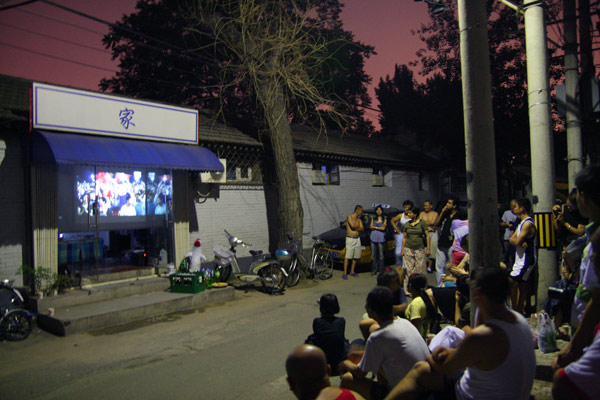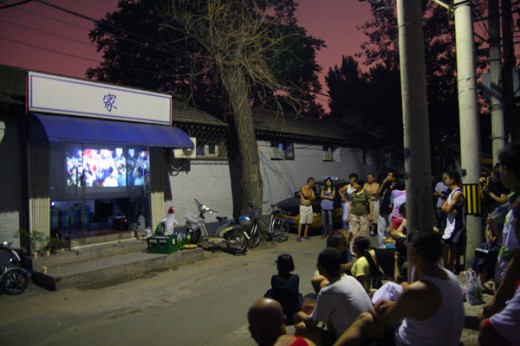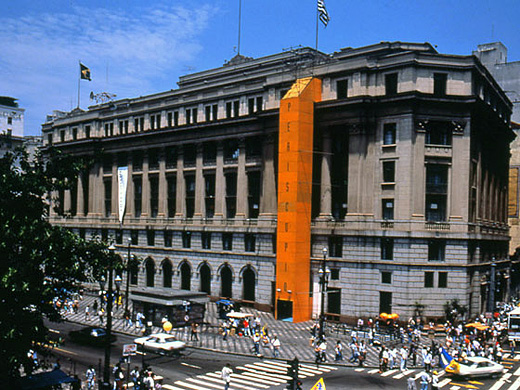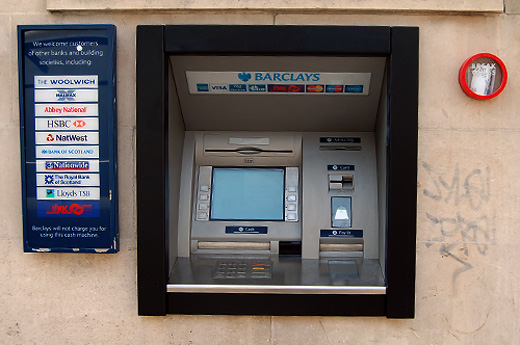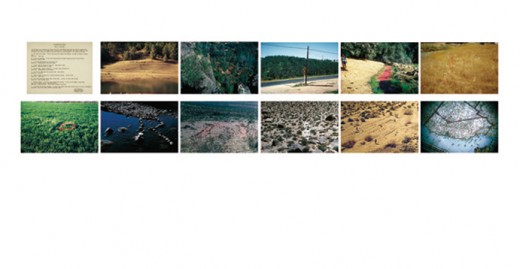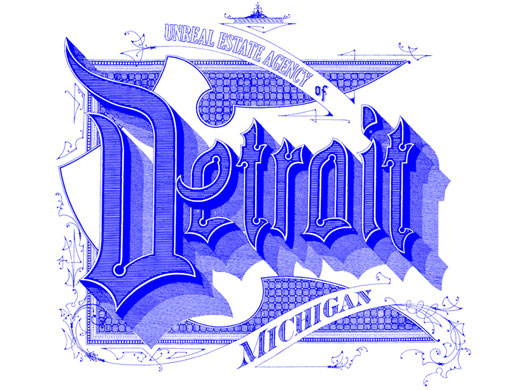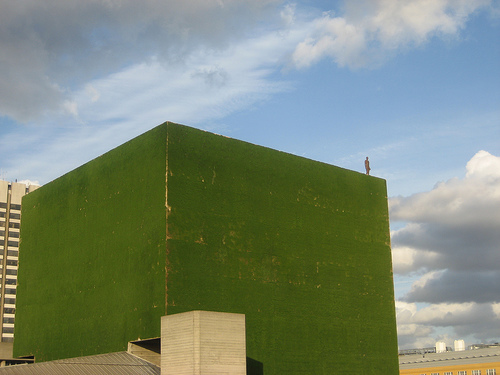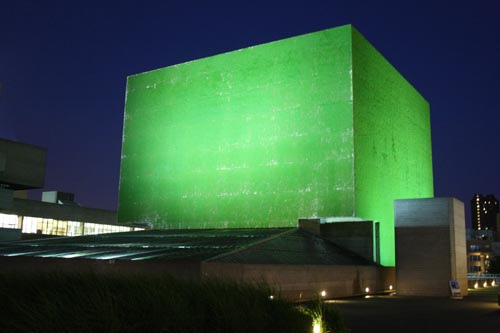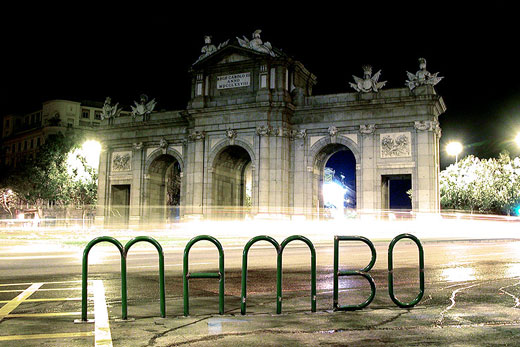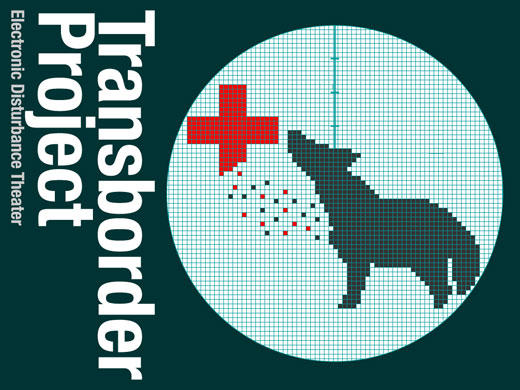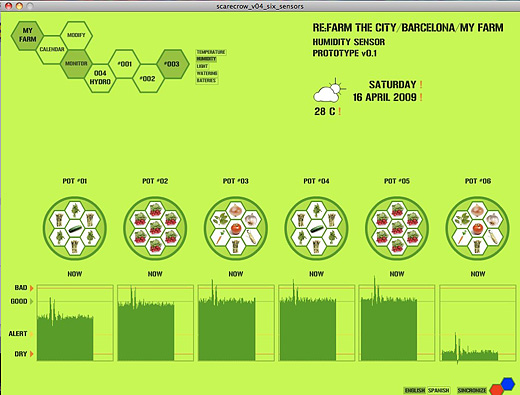
re:farm the city is a low-tech urban / community garden project of sorts. The image above is a part of that low tech. This is a simple monitoring system developed using Arduino and Processing that will track humidity levels in six planters and alert the gardener if they get too low (essentially broadcasting that they are in need of watering).
The project is aimed at developing a series of tools that would enable city-dwellers to grow and monitor an urban garden using open-software and open-hardware and as much recycled materials as possible. It also focuses on new ways of visualizing and understanding relationships between plants situated in close or distanced proximity to one another.
I’ve been anxious to get into learning more Arduino for a while, but we haven’t seemed to have an appropriate project as of yet. Maybe there are some ways to include some technology that would aid in the educational element of our community garden…
[via we make money not art ]

